A device taught me how to calm down in stressful situations - here's what it was like to use
My Pip arrived in a small white box with a shiny design. The Pip itself costs $179, and the majority of its apps are free.

Insider, there was the Pip, a cord to charge it, instructions, and a cloth pouch to carry my Pip when I wasn't using it.
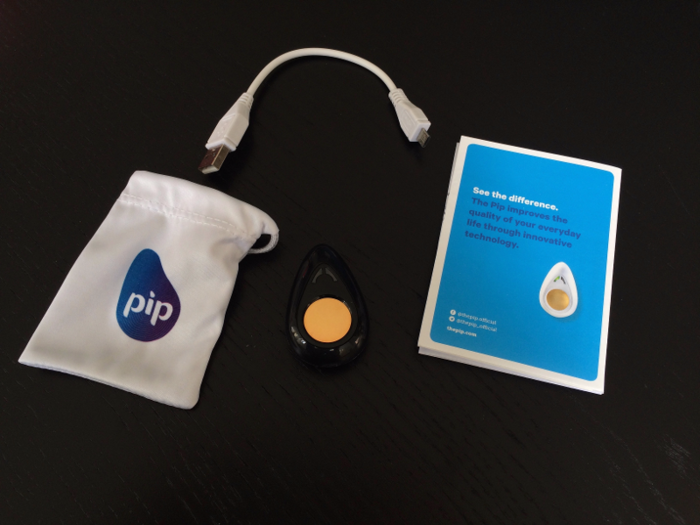
The instructions were pretty straightforward: Charge your device, set up the corresponding apps, and you're good to go.
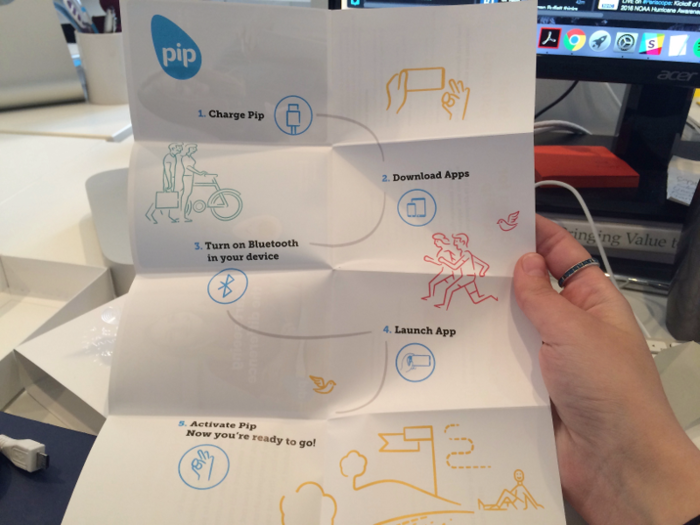
There are four free apps that work with the Pip: The Stress Tracker (main one), Clarity, The Loom, and Relax & Race (a fun video-game-like exercise). The fifth, a brain-training program called "Four Steps to Mindfulness" costs an additional $1.99.
To get started, I set up the main app, the Pip Stress Tracker. It walked me through how the biosensor worked.
The Pip looks at your stress levels by collecting "electrodermal activity," (also known as a galvanic skin response and skin conductance) via tiny electrical signals on your fingertips. You conduct more electricity the more you sweat. The more stressed you are, generally speaking, the more stressed you are.
The method that Pip uses is frequently used to measure sweat and arousal, but like many other measures of stress, it's imperfect. For one thing, the arousal you're experiencing might be for a reason other than stress. Plus, stress isn't the only thing that could make you sweat: hot or humid weather can do this too.
Still, Galvanic, the company that makes the Pip, has been working to validate its device. A 50-person study using the Pip technology found that those playing the Pip-connected games "Loom" and "Relax and Race" had reduced stress compared with those in the control group who just played the game "Flow Free."
Marie Clarke, head of marketing at Galvanic, told Business Insider that the intent with measuring this activity is to make sure the device is used proactively, as a way to practice stress relief skills, rather than as a passive way to monitor stress levels. It's being used in some schools to help children develop techniques to control their stress at an earlier age.
It also gave me guidance about how best to use the device.
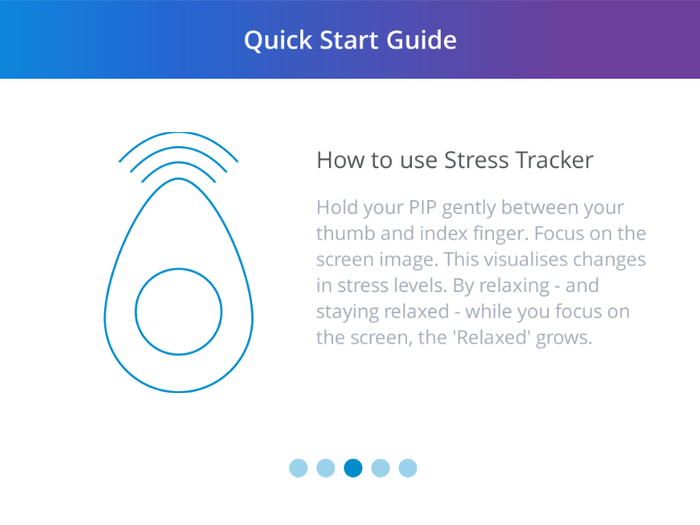
The app doesn't give you the option to read vertically, so I found myself using my iPhone's horizontal keyboard for probably the first time ever.
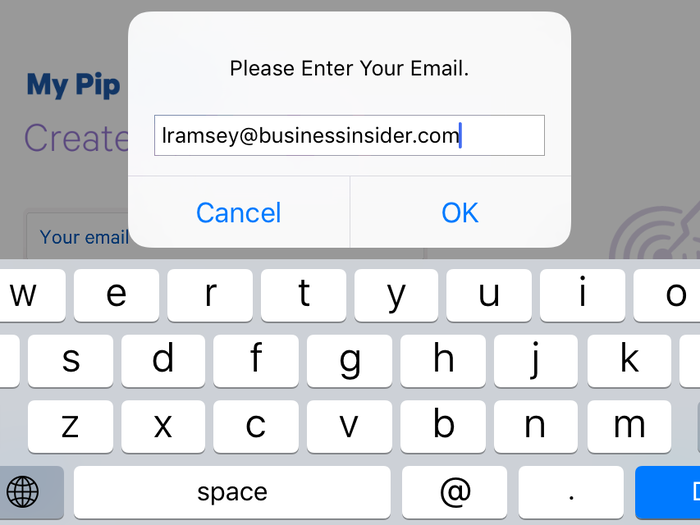
Next, I kicked off a three-minute session. The main app just tracks your stress levels, but if you want to take it to the next step and practice stress relief techniques, you'll need to try out one of the other three.

Inside the tracker app, there were lots of metrics tracking out how each of my sessions went. These were the sessions I did on the stress tracker app alone.
I went on to test out the Clarity app. This one walks you through a breathing exercise before launching you into a session that uses specific sounds to help you control your stress.
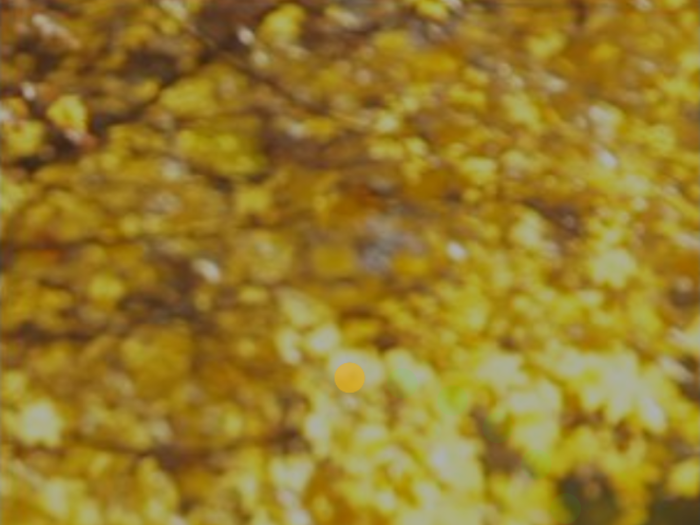
If your stress levels go up, the sound of busy streets and honking horns fill your ears. When you get back in the green through deep breaths and focus, the noises die down. The intent is to help you practice stress relief techniques by confronting you with stressful sounds.
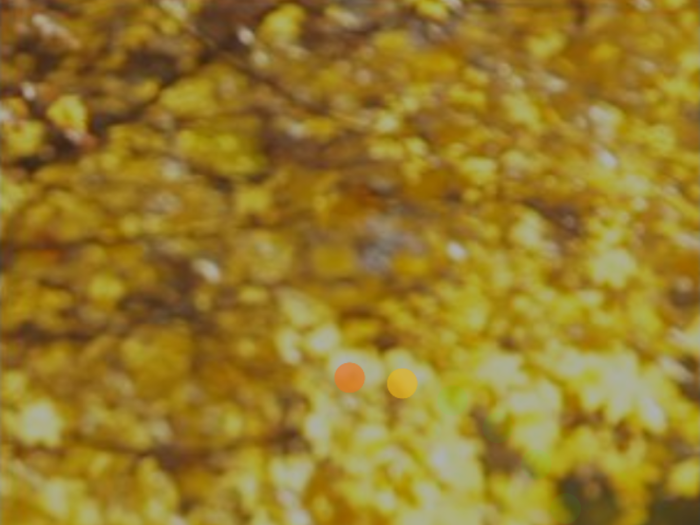
The Pip is small enough to carry virtually anywhere, so I tested mine out in the office, on the train home (I got a few weird looks), and right before going to sleep.
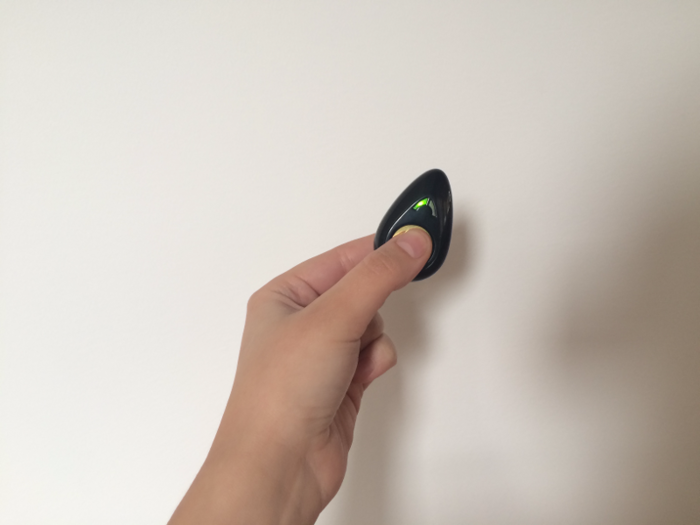
On Saturday, I completely forgot to use it. One downside of an un-wearable: It's harder to build into a habit because it's not constantly monitoring.
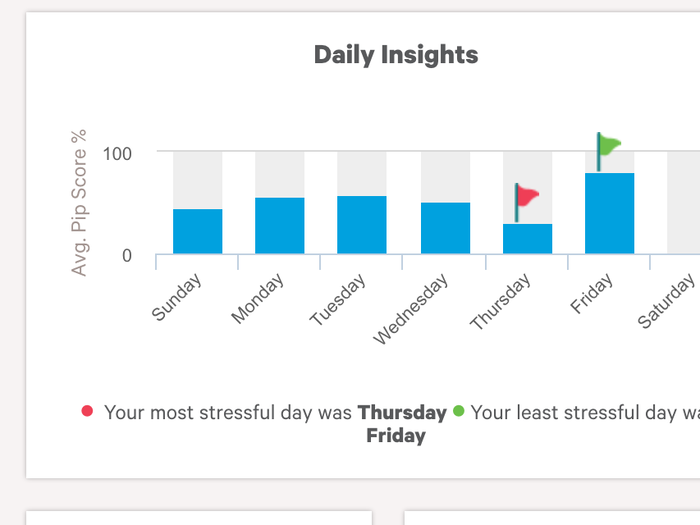
Also, because you need to use your phone for the sessions, push notifications still pop up at the top (unless you turn them off entirely, which I was wary of doing). I was distracted more than once and even decided to end a session early to respond to a message.
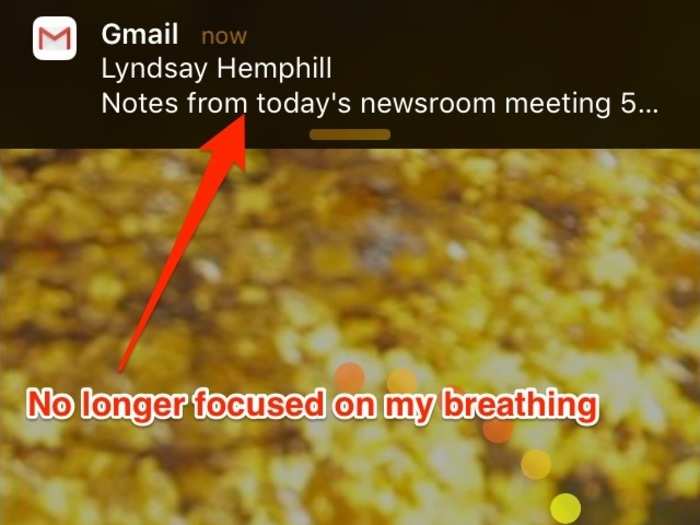
On the days I did remember to use my Pip, I tested out the other apps. Loom was particularly fun. This one looped images to music, so I could watch a forest transition from nighttime to daylight or see a landscape thaw out from winter to spring. These sessions differed in length — one took more than 4 minutes, another took just 2.5 minutes — depending on how relaxed I could get myself.

The Relax and Race was particularly interesting. It's set up as a race as a way to confront you with a stressful situation.
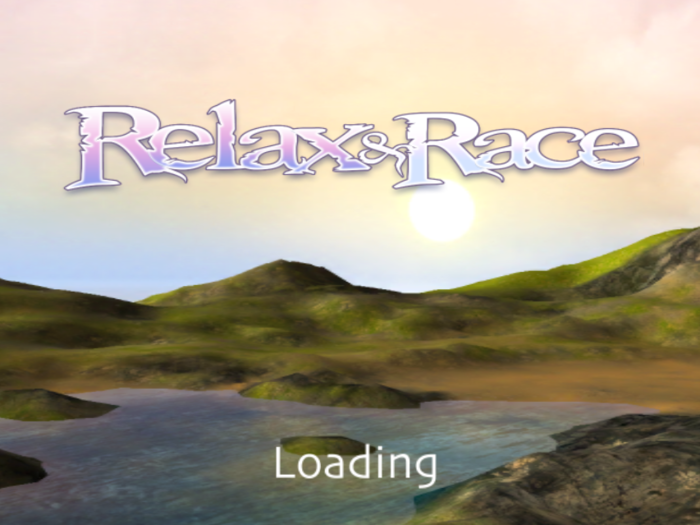
I thought this confrontation would stress me out even more, but as I saw myself soaring ahead of my "competition" (the second dragon races on your best time, so to start it's a piece of cake to beat), I didn't feel particularly stressed, and my results were pretty consistent with the other apps.

After a week, I'd logged 9 sessions and almost 30 minutes of practice. Apparently I was supposed to do 60, so I came in rather shy.
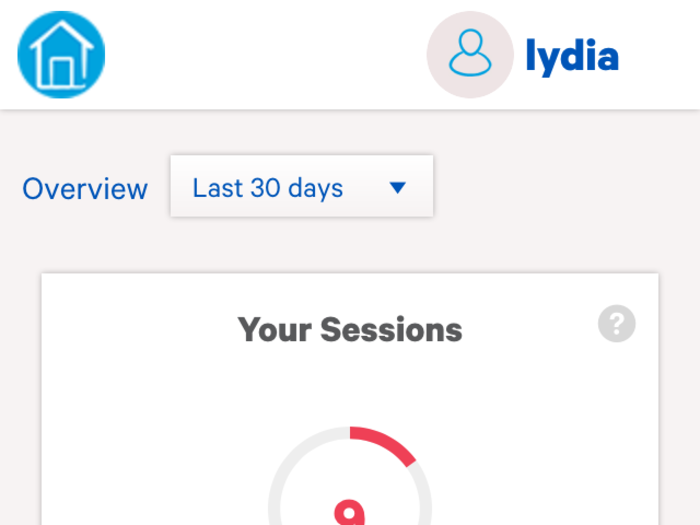
It was neat to see which days I could handle my stress (insofar as the app was measuring it) better than others by going into the Sessions section of My Pip. I tended to do better on my late-night sessions than my early evening ones.
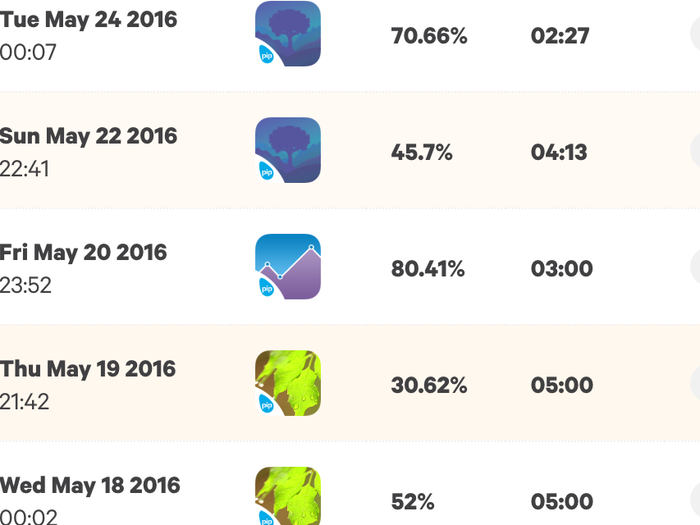
In the end, I could see the benefit of the Pip as a way to take a break out of the day and focus on myself.
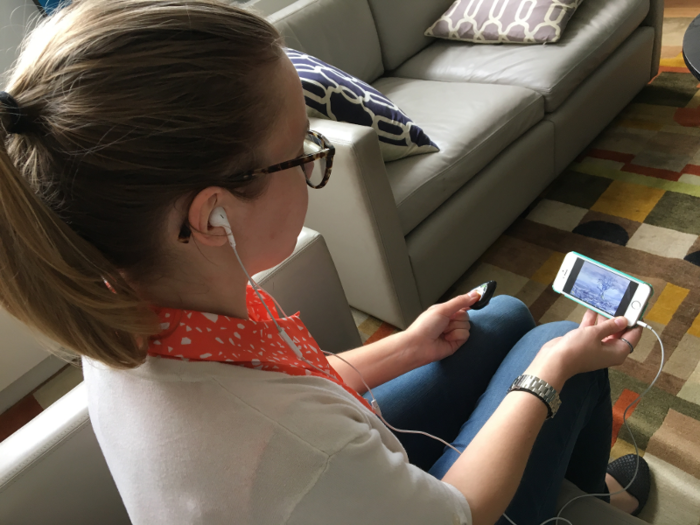
As someone who doesn't regularly count her steps with a fitness tracker, I enjoyed the flexibility of the Pip. I could use it — and only when I actually wanted to.
During a high-stress situation this week, for example, I found myself thinking about how much I wish I could whip it out. (Out of concern for weird looks from the others at the event, I didn't.) This made me realize that one of the reasons I tend to avoid traditional wearables is because I don't find them engaging. The Pip made me feel like I was actively using it.
And even without it, I tried to breathe slower and focus on the present as a way to calm myself down, two techniques I learned from the app.
Still, it's a bit counterintuitive to use your iPhone to de-stress, because at least for me, it's one of my biggest stressors. I also wish the apps were integrated into just one program so I didn't have to juggle four of them. I can't wait to see where the Pip software goes from here!
Popular Right Now
Popular Keywords
Advertisement